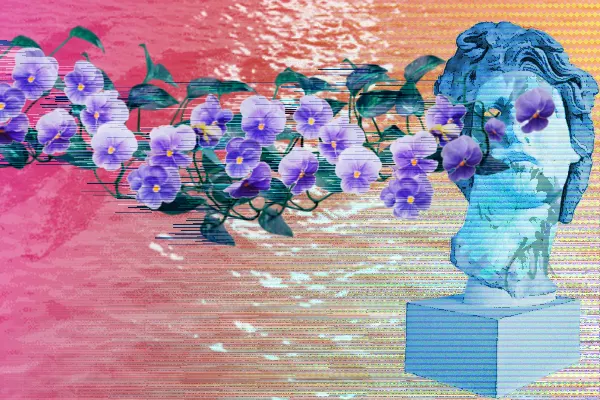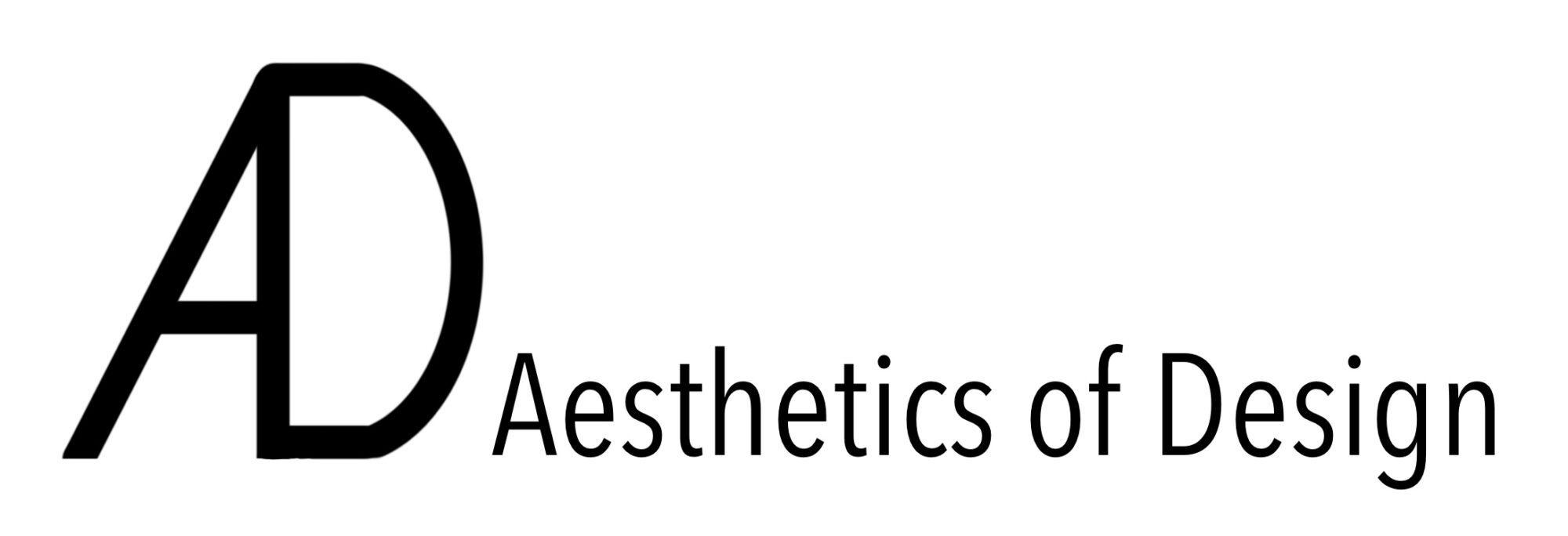Vaporwave is an aesthetic that developed almost entirely over the internet. It started as a musical style: the result of artists experimenting with what was, at the time, newly available audio editing software. Eventually, the purview of VaporWave expanded to include a complex visual art style and meme culture. It’s generally characterized by it’s use of pastel colors, early computer and internet iconography, and use of 80’s and 90’s media.. There is also often a focus on consumerism from the 90’s to early 2000’s, with art featuring products and brand advertisements that were popular during that period. The aesthetic became very popular online after the artist Vektroid debuted their 2011 album, Floral Shoppe under the name Macintosh Plus (Shown Below).
 (Yunglean: https://www.deviantart.com/tag/yunglean)
(Yunglean: https://www.deviantart.com/tag/yunglean)
 (Art by Sheep: https://electricsheeplet.bandcamp.com)
(Art by Sheep: https://electricsheeplet.bandcamp.com)
 (Floral Shoppe, by Macintosh Plus)
(Floral Shoppe, by Macintosh Plus)
The musical style seems to have started c.2009, Evidence of the style emerging earlier include the videos posted to youtube in 2009 by the channel ‘sunsetcorp’ – an early project of the electronic music artist Daniel Lopatin. Their video entitled “Nobody Here” really seems to embody the spirit of early vaporwave as I understand it, which centers around a nostalgia for the period around the turn of the millennium when tech optimism was at it’s height. The music in the video remixes a sample from Chris De Burgh’s “The Lady in Red” with heavy use of delay and reverb effects. It’s accompanied by what appears to be a low fidelity clip of the Rainbow Road level track from Mario Kart 64 (c. 1996), which is periodically under-laid with an image of several skyscrapers fading in and out. The editing of the video also seems to suggest that of early home video editing software.
Vaporwave music is often regarded as springing directly from the Chillwave and Hypnagogic Pop musical genres. These genres emerged around the same time in the early 2000’s and share almost exactly the same stylistic language as each other and Vaporwave. What I feel sets Vaporwave apart though, is the interplay between the musical and visible artistic aspects of the genre, as well as it’s relationship with the media it references. Where Chillwave intends to relax and soothe the listener and Hypnagogic Pop intends to entrance and calm them, Vaporwave does neither; and, perhaps, both. It twists sounds that should be soothing and entrancing into uncanny facsimiles of themselves.
In this way, Vaporwave tends to evoke a sort of melancholic nostalgia. It uses synths, filters, and audio distortion to turn samples from popular, often upbeat songs into dragging, eerie reflections of the time period they’re meant to evoke. This is often juxtaposed with bright, pastel, gifs and images which are themselves, at first glance, lovely nostalgic reminders of times gone by. The common theme is that of lost optimism. Thirty years ago, most people felt like their lives, and the world, were only ever going to get better. They were excited about the progress of technology and the ever expanding reach of the free market driven Western world. I believe that around the time of The Great Recession, people were starting to feel they’d essentially been living in a dead mall.
The Vaporwave aesthetic aims to reflect the modern view that the western world is an empire in decay.
Citations:
Emrantraut. “History of Vaporwave.” Medium, Medium, 11 Aug. 2020, medium.com/@agoraroad/history-of-vaporwave-99f77ae12f8f.
O, Safiyah. “‘what the F*** Is Vaporwave?!’ Part 1: Explaining A E S T H E T I C.” Bearded Gentlemen Music, 15 Nov. 2017, beardedgentlemenmusic.com/2017/11/14/what-the-f-is-vaporwave-part-1/.

